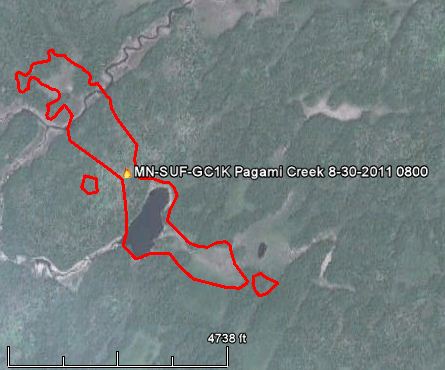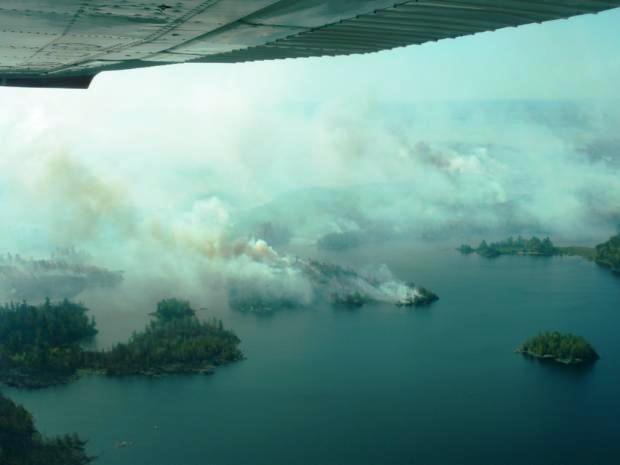Thursday morning, September 15, Bill Waterbury, the assistant Director for Risk Management for the US Forest Service in Boise, assembled a list of incidents-within-incidents that occurred on wildfires during the first four days of the week.
=============
This week of September 12th in perspective
Sunday, September 11, 2011, Prescribed Burn Shelter Deployment
Around 1400 on Sunday, September 11, a Forest Service employee deployed his shelter while working on a prescribed burn on the Jessieville Winona Fourche Ranger District on the Ouachita National Forest in Arkansas. The employee suffered 2nd degree burns on 2% of his body (face and hands) and is currently at the Arkansas Children’s Hospital burn unit in Little Rock, Arkansas. [Note from Bill G.: the official 24 report is here, but has little more information.]
Monday, September 12, 2011, Employees entrapped
Six employees, composing three two-person “Public Safety Teams” of trained wilderness rangers, who were making public contacts to ensure that no recreationists were in areas under closure order because of the Pagami Creek Fire were involved in a shelter deployment the afternoon of Monday, September 12. The teams were on remote assignment to assure compliance with the closure order and had appropriate PPE and training.
Tuesday, September 13, 2011 1:59 PM, Missing Private Aircraft – Salt Fire
A private plane, transporting the owner of Blaze Runner contract engines, is missing.
The plane left Salmon at approximately 2200 on 9/12 with a planned destination of Boise. At around 0330, members of the Blaze Runner crew were informed that the aircraft had not arrived in Boise. It was found late Tuesday with both pilot and passenger killed. [note from Bill G.. We wrote about the incident in this article.]
Tuesday, September 13, 2011 4:08 PM, Employee injury due to lightning
3 employees on the Mt. Pinos RD who were struck (not directly) by lightning. All employees are stable, and being transported via Ventura County helicopter to the hospital for examination. The employees were part of Crew 8 (Sundowners), Ojai RD. I will pass along additional information as it becomes available. [note from Bill G.: we covered this on Sept. 13]
Wednesday, September 14, 2011 10:12 PM, Injuries on Boise NF
Three firefighters injured on small fire on the Boise when hit by a rolling log. Two with minor injuries, one medivac after losing consciousness. Will know more in the morning.
Thanks go out to Jim







